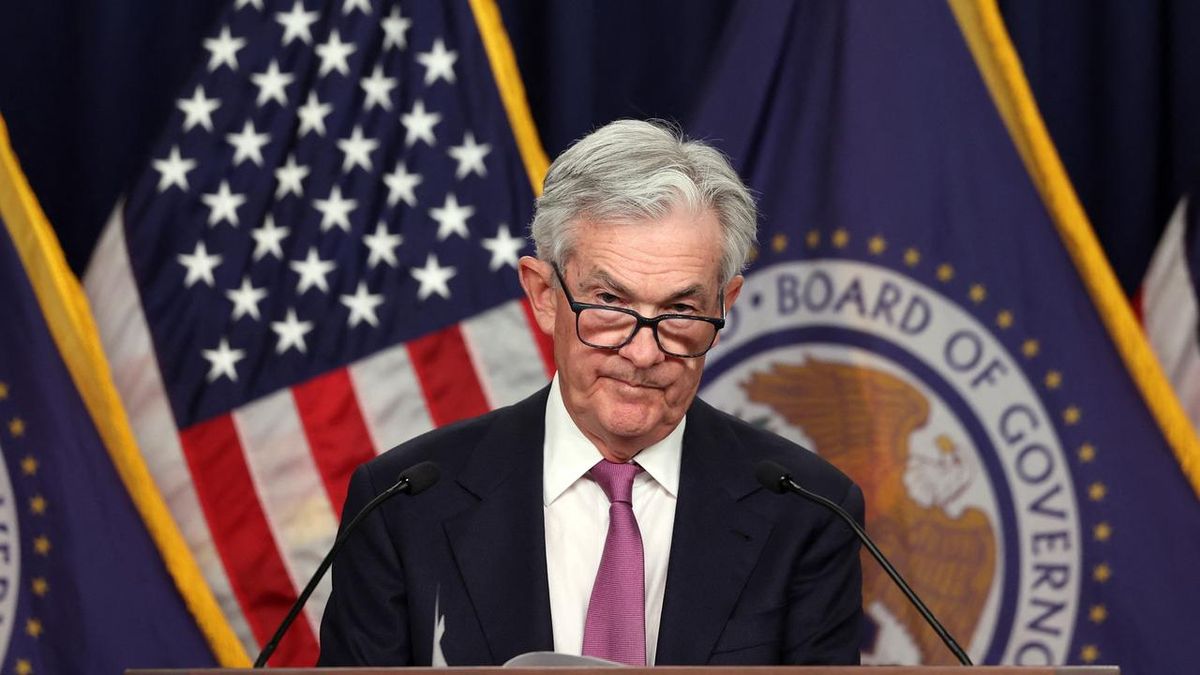The United States Federal Reserve (Fed) redefines the future of its benchmark interest rates and, with them, the probable course of the region’s central banks for the coming months. What are the expectations of the markets?
The Fed is hours away from starting a new meeting of its Federal Open Market Committee (FOMC) to decide if it will once again increase its reference interest rate in the economic strategy to control inflation —which is close to 5%— or if, instead, it will begin to ease its monetary policy.
In this sense, in Wall Street the general expectation is that the Fed will raise rates again by 25 basis points, as it did in early March, taking it this time from 5% to 5.25%. Likewise, economists estimate that these will be the levels that will be maintained until the end of the year, and that the possible next rise will not even be the last in 2023 —although they hope that Jerome Powell, President of the organization, project a medium-term scenario in which the increase in rates comes to a pause, as long as inflation does not remain persistently high, well above the target range of 2%.
Neither did the collapse of First Republic Bank, during the last weekend, it would make a dent in the decision of the US monetary authority, just like the collapse of the Silicon Valley Bank (SVB) did not prevent the rise in March.
What are the prospects in Uruguay?
Although the Monetary Policy Committee (Copom) had a very recent last meeting on April 19, in which it was decided to lower the reference interest rate in the country, the new monitoring period is inaugurated with the decision of the Fed, which marks a certain path to follow for the central banks of the region.
However, and given the wrong decision of the Central Bank of Uruguay (BCU) —which, in a context of a general upward trend, dropped from 11.5% to 11.25% the Monetary Policy Rate (MPR)—, the direction it takes in June, during the next meeting, is more uncertain.
In this sense, perhaps the Fed’s position does not affect the measures taken by the local monetary authority so much, but the economic development of the coming months is the determining factor.
One of the main reasons why the BCU decided to lower the rates was the search for a certain balance in the exchange rate that would make it possible to counteract the exchange rate delay that directly affects the competitiveness of the local productive system. Therefore, the behavior of the dollar It will be key for the regulatory body.
Above all, depending on what happens, in parallel, with the indices of inflation in the country: if there are no changes in the price of the US currency, it is possible that, at the next meeting of the Copom, a new drop will be promoted that promotes upward pressure from the markets on the dollar. However, if this occurs at the same time that the price indicators show a deterioration —something possible considering the abandonment of the main strategy against the increase in inflation, the rise in interest rates—, possibly there will be a reconsideration on the part of .
Although it is highly unlikely that the BCU will return to the rising path in June, even if the Fed raises rates again by 25 basis points, as expected; the alternative of keeping the MPR frozen at 11.25% may gain strength in the coming weeks.
Source: Ambito




